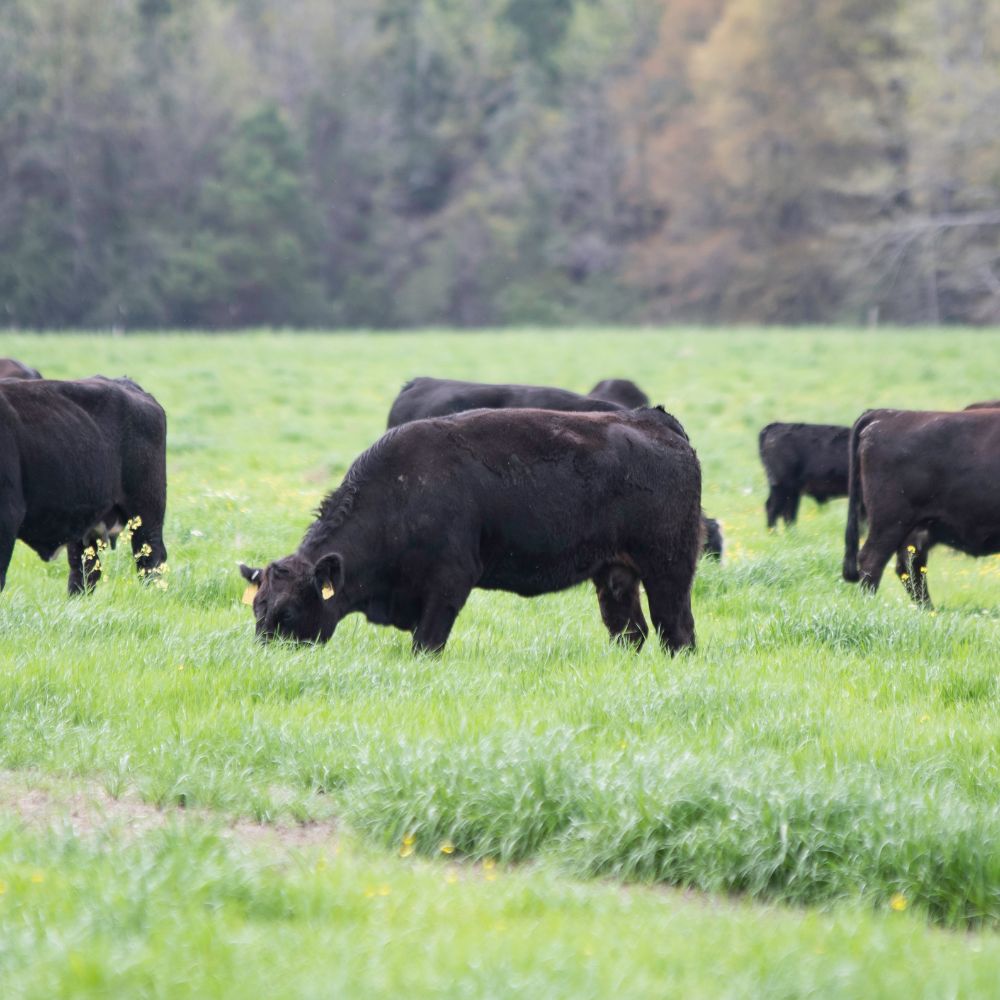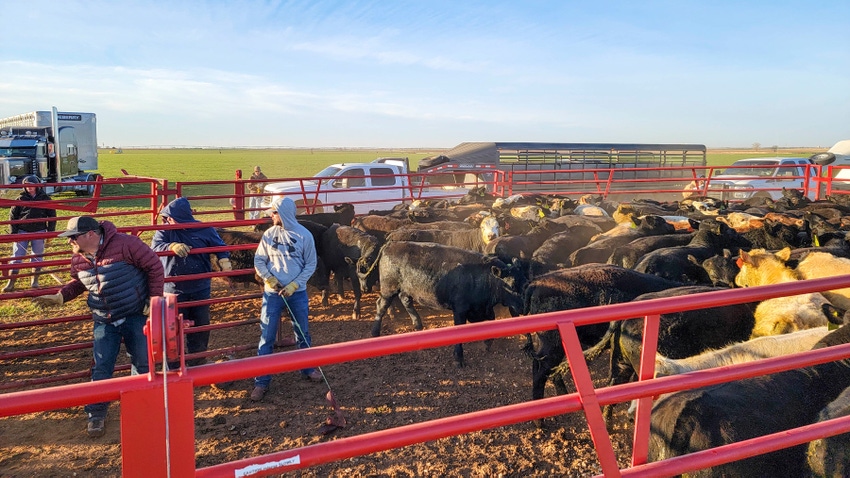Bagley Risk Management : Securing Your Service Future
Bagley Risk Management : Securing Your Service Future
Blog Article
Key Elements to Think About When Deciding On Livestock Danger Security (LRP) Insurance Policy
When examining options for Livestock Danger Security (LRP) insurance coverage, several crucial factors call for mindful consideration to guarantee reliable risk administration in the farming industry. Selecting the appropriate coverage choices tailored to your details animals procedure is paramount, as is understanding how exceptional prices correlate with the degree of defense supplied.
Coverage Options
When taking into consideration Animals Danger Security (LRP) insurance coverage, it is important to understand the various insurance coverage options available to mitigate threats in the farming industry. Livestock Threat Security (LRP) insurance coverage uses different coverage alternatives customized to meet the varied requirements of livestock manufacturers.
An additional vital insurance coverage choice is the endorsement duration, which identifies the length of time the insurance coverage holds. Producers can select the recommendation period that ideal fits their manufacturing cycle and market problems. Additionally, insurance coverage degrees and rates differ based on the kind of animals being insured, providing producers the adaptability to tailor their insurance coverage plans according to their certain requirements.
Recognizing the different insurance coverage options readily available under Animals Danger Protection (LRP) insurance coverage is essential for manufacturers to make informed choices that effectively secure their animals procedures from market uncertainties.
Premium Prices

Livestock Threat Defense (LRP) insurance offers crucial insurance coverage options tailored to mitigate risks in the agricultural sector, with a significant facet to think about being the calculation and structure of premium costs. When identifying premium costs for LRP insurance, several elements enter into play. These include the kind and variety of animals being insured, the protection level chosen, the existing market rates, historic cost data, and the length of the coverage duration. Insurers might additionally take into consideration the area of the ranch, as geographic elements can impact the total danger profile.
Insurers assess historical data on livestock costs and manufacturing prices to determine a suitable costs that reflects the level of danger included. It is crucial for livestock producers to thoroughly assess premium expenses and insurance coverage options to ensure they are sufficiently secured versus possible economic losses due to damaging market problems or unexpected occasions.
Qualified Animals
The resolution of qualified animals for Animals Threat Security (LRP) insurance policy protection entails mindful factor to consider of details standards and features. Animals kinds that are normally qualified for LRP insurance coverage include feeder cattle, fed cattle, swine, and lambs. These animals should meet certain qualifications associated with weight arrays, age, and planned usage. Furthermore, the eligibility of animals may vary based on the specific insurance policy provider and the regards to the policy.
Feeder cattle, for instance, are typically qualified for LRP protection if they fall within defined weight ranges. Fed livestock may additionally be eligible, yet they need to meet particular weight and quality grade needs. Swine eligible for coverage generally include market weight pets intended for massacre. Lambs are another classification of livestock that can be thought about for LRP insurance, with factors such as weight and age playing a crucial function in establishing their eligibility.
Before selecting LRP insurance coverage for animals, manufacturers should thoroughly examine the qualification standards outlined by the insurance coverage copyright to ensure their animals meet the required demands for insurance coverage.
Plan Adaptability
Policy adaptability in Livestock Threat Protection (LRP) insurance policy allows manufacturers to tailor insurance coverage to suit their certain needs and take the chance of management approaches. This flexibility equips animals producers to tailor their insurance plans based on variables such as the type of animals they own, market problems, and individual Visit Website threat tolerance levels. By using adjustable options, LRP insurance coverage makes it possible for producers to effectively handle their risk exposure while securing their animals operations against unpredicted market volatility.
Claims Refine
Upon experiencing a loss or damages, manufacturers can initiate the claims imp source process for their Animals Threat Protection (LRP) insurance by promptly calling their insurance policy company. It is vital for manufacturers to report the loss asap to expedite the claims process. When connecting to the insurance coverage supplier, manufacturers will certainly require to give detailed information about the event, including the date, nature of the loss, and any relevant paperwork such as veterinary records or market value.

After the assessment is total, the insurance policy company will certainly decide pertaining to the claim and interact the end result to the producer. The producer will get payment according to the terms of their Animals Threat Protection (LRP) insurance policy if the insurance claim is approved. It is necessary for manufacturers to be aware of the claims process to make sure a smooth experience in case of a loss

Conclusion
To conclude, when picking Animals Threat Defense (LRP) insurance coverage, it is important to think about protection choices, premium costs, qualified animals, policy flexibility, and Go Here the claims process. These key factors will certainly assist guarantee that ranchers and farmers are adequately shielded versus potential risks and losses connected with their livestock operations. Making an educated choice based upon these factors to consider can ultimately lead to much better financial safety and comfort for livestock producers.
Animals Risk Security (LRP) insurance uses different insurance coverage choices tailored to fulfill the diverse demands of animals manufacturers.The resolution of eligible livestock for Animals Risk Defense (LRP) insurance protection involves mindful consideration of details standards and features.Policy versatility in Livestock Danger Protection (LRP) insurance coverage allows producers to customize protection to match their particular demands and take the chance of monitoring strategies.Upon experiencing a loss or damages, producers can start the claims process for their Animals Threat Protection (LRP) insurance coverage by quickly calling their insurance copyright.In conclusion, when choosing Animals Threat Protection (LRP) insurance coverage, it is necessary to consider coverage choices, premium prices, qualified animals, plan flexibility, and the claims process.
Report this page